On July 21, the word of the day was late. I kicked it off, sprinting back to the castle for a phone charger; but it didn’t matter because my 1837 train to Bologna was late, too. Luckily, my friend/co-worker Giovanni happened to be catching the same tardy vessel, so we chit-chatted our way through countless unexplainable stops. From the crammed bike compartment, we joked the oddly crowded (even for rush hour) train happened to be escaping a zombie apocalypse… but we would never know for sure.
I caught a bus and eventually slid through airport security like a tiny espresso spoon into the merengue-like foam of a perfect espresso macchiato. At the gate, detective work uncovered my plane to Sofia, Bulgaria–originally scheduled to leave at 2230–was now delayed until 2320. What to do? As the Italians would say, boh. Succinct, expressive boh is one of my favorite it-doesn’t-translate-neatly kind of phrases. As far as I can glean, it literally means “I don’t know” but–as with most Italian expressions–it has ‘tude. It’s more like I don’t know and you know I don’t know so why are you asking me? I’m busy getting myself a perfect macchiato… Per esempio, Great, the train is finally here but the doors are locked, what do you think the deal is? Boh. Now I’m at the airport, obviously there’s no plane but there are no helpful, explanatory announcements either; what’s going on here? Boh. But you’re going to Bulgaria, right? Why focus on Italian phrases? Boh.
Not one to buck a trend, I arrived in Sofia… you guessed it… quite late. I rang the buzzer for the 24-7 front desk at quirky Art Hostel at approximately 2:30 a.m. Friendly Atilla (ah-tee-wah) got me settled in between sips of Bulgarian beer. I barely slipped my shoes off before falling face first in bed and sleeping like a zombie after gorging itself on the brains of Italian commuters.
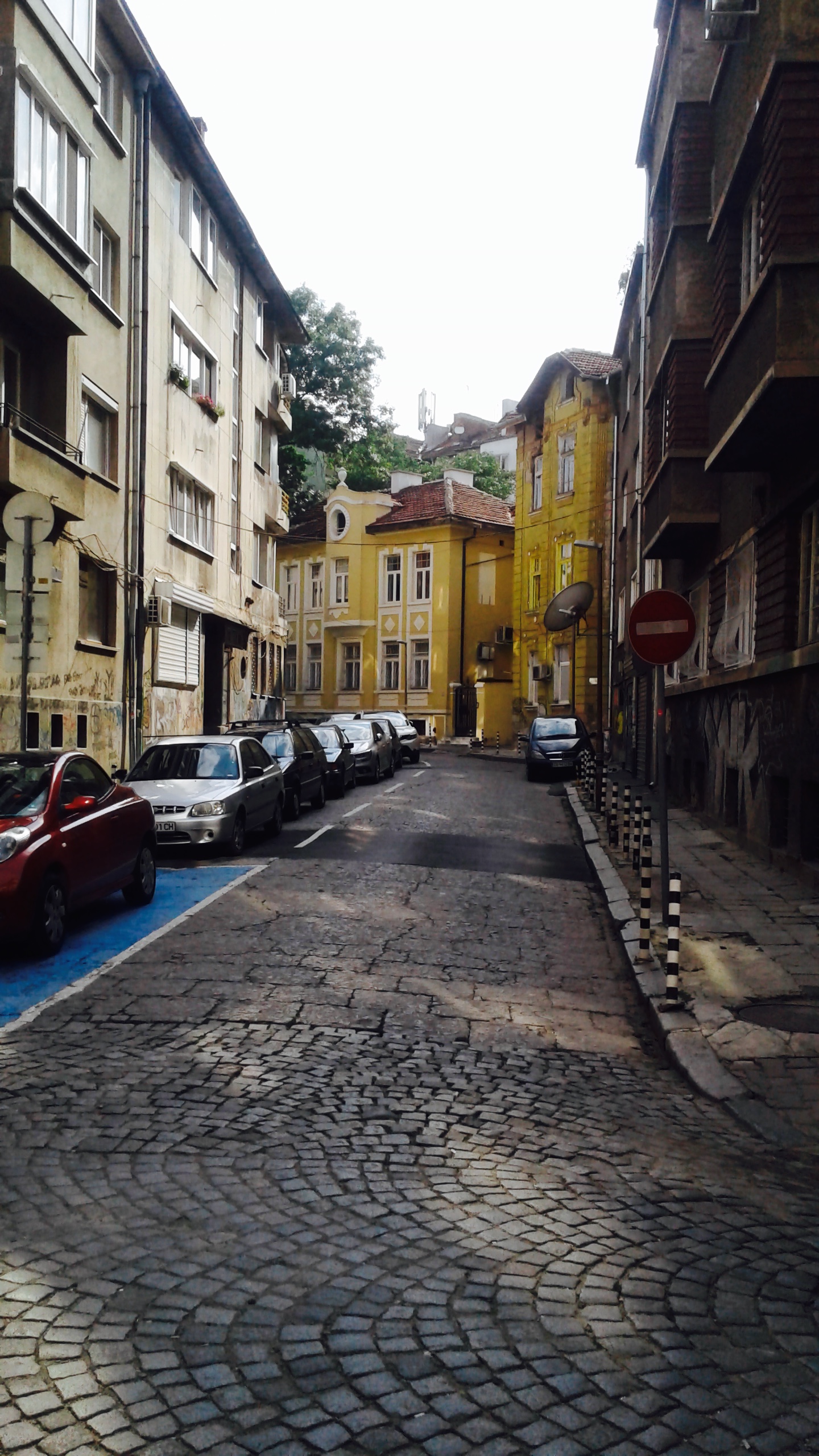
I roused my groggy self seconds before communal breakfast finished at 11 a.m the next morning. Down a flight of narrow, creaky stairs to the bar, in one of the many bright, quirky catacomb-like rooms I found the grub. A wide table suspended by ropes in the middle of the room swung gently between sagging couches under the force of a ferocious fan. Three French girls nodded politely as I helped myself to the thick, creamy yogurt Bulgarians are so proud of, some crumbling mystery cheese, tomatoes, coffee and toast.
Before heading into the sweltering heat, I familiarized myself with a paper map in the inviting garden of Art Hostel. Locals frequent the spot because of this outdoor haven and aforementioned underground bar. I noted its hours for my included welcome shot of mastika, a strong anice-flavored Bulgarian specialty, topped with a minty green liquor called Menta. But the liquor came later — first, it was time to explore.
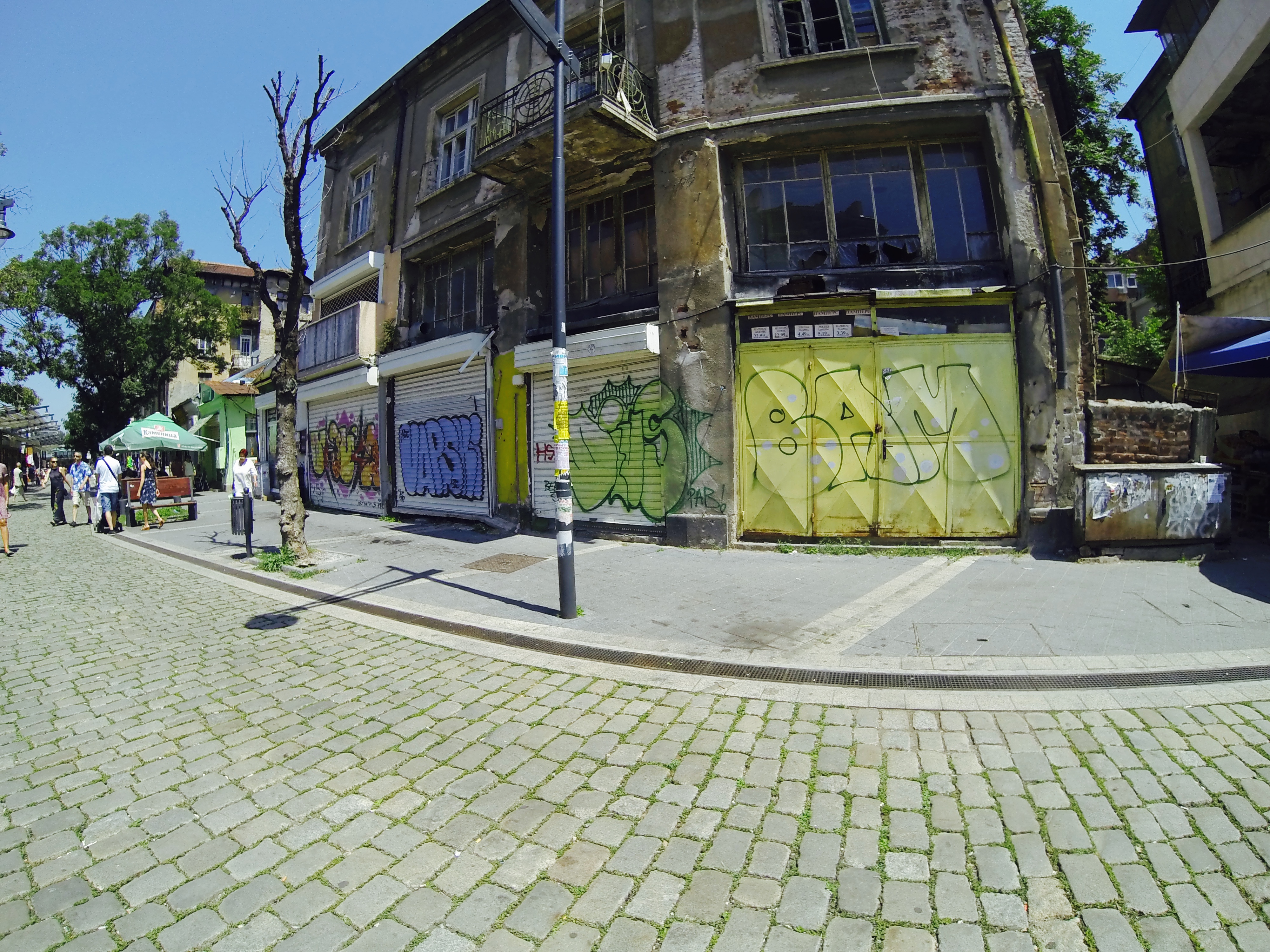 For the rest of the day and the next two, I acquired a taste for Sofia. Sure, it’s not the most elegant city in the world but it possesses beauty, nonetheless. I found plentiful color even in the bleak remnants of Communist era buildings…
For the rest of the day and the next two, I acquired a taste for Sofia. Sure, it’s not the most elegant city in the world but it possesses beauty, nonetheless. I found plentiful color even in the bleak remnants of Communist era buildings…
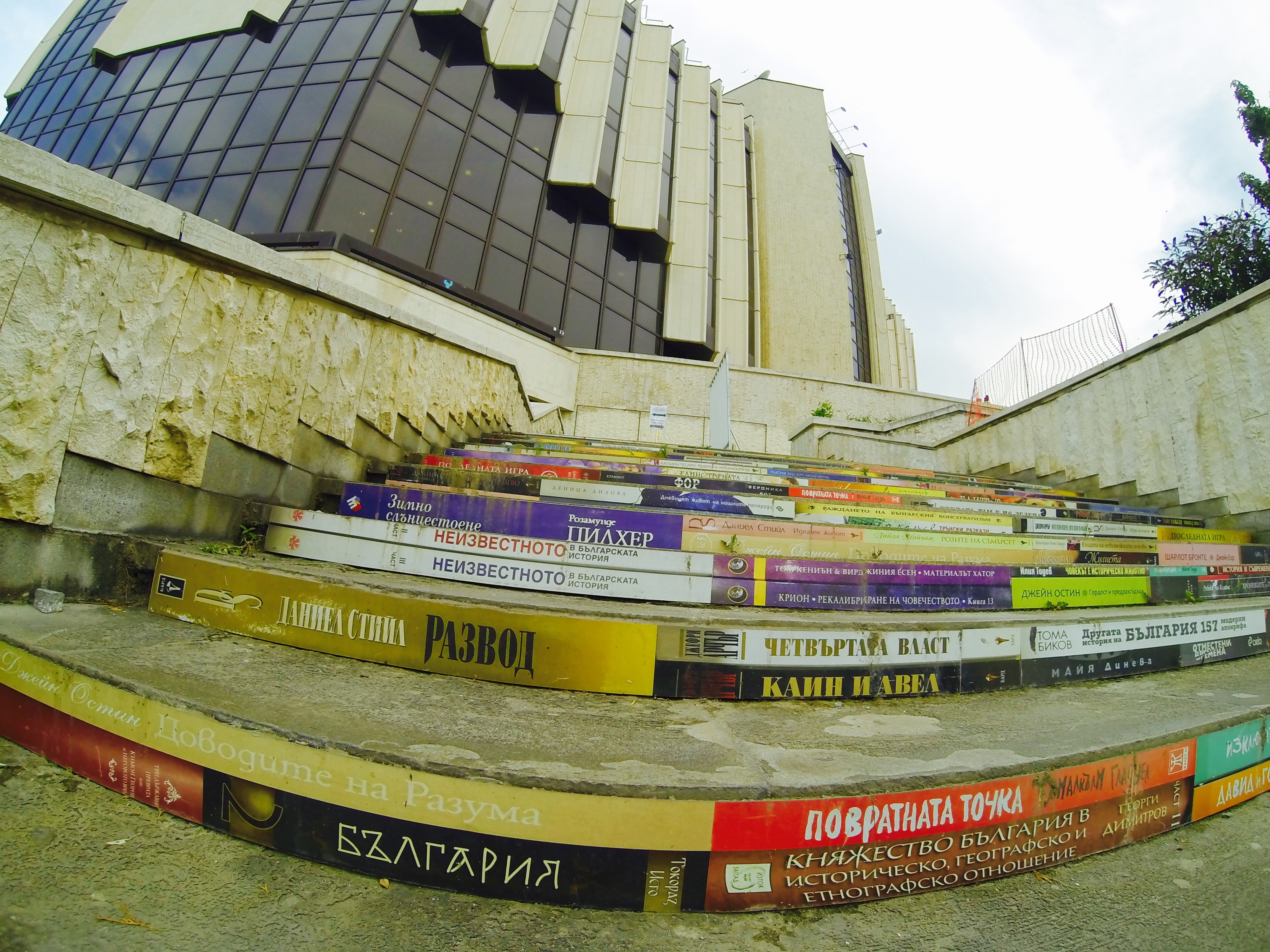 …and a plethora of parks full of fashionable youths drinking beers next to old ladies sharing gossip and old men lounging on park benches watching the world turn.
…and a plethora of parks full of fashionable youths drinking beers next to old ladies sharing gossip and old men lounging on park benches watching the world turn.
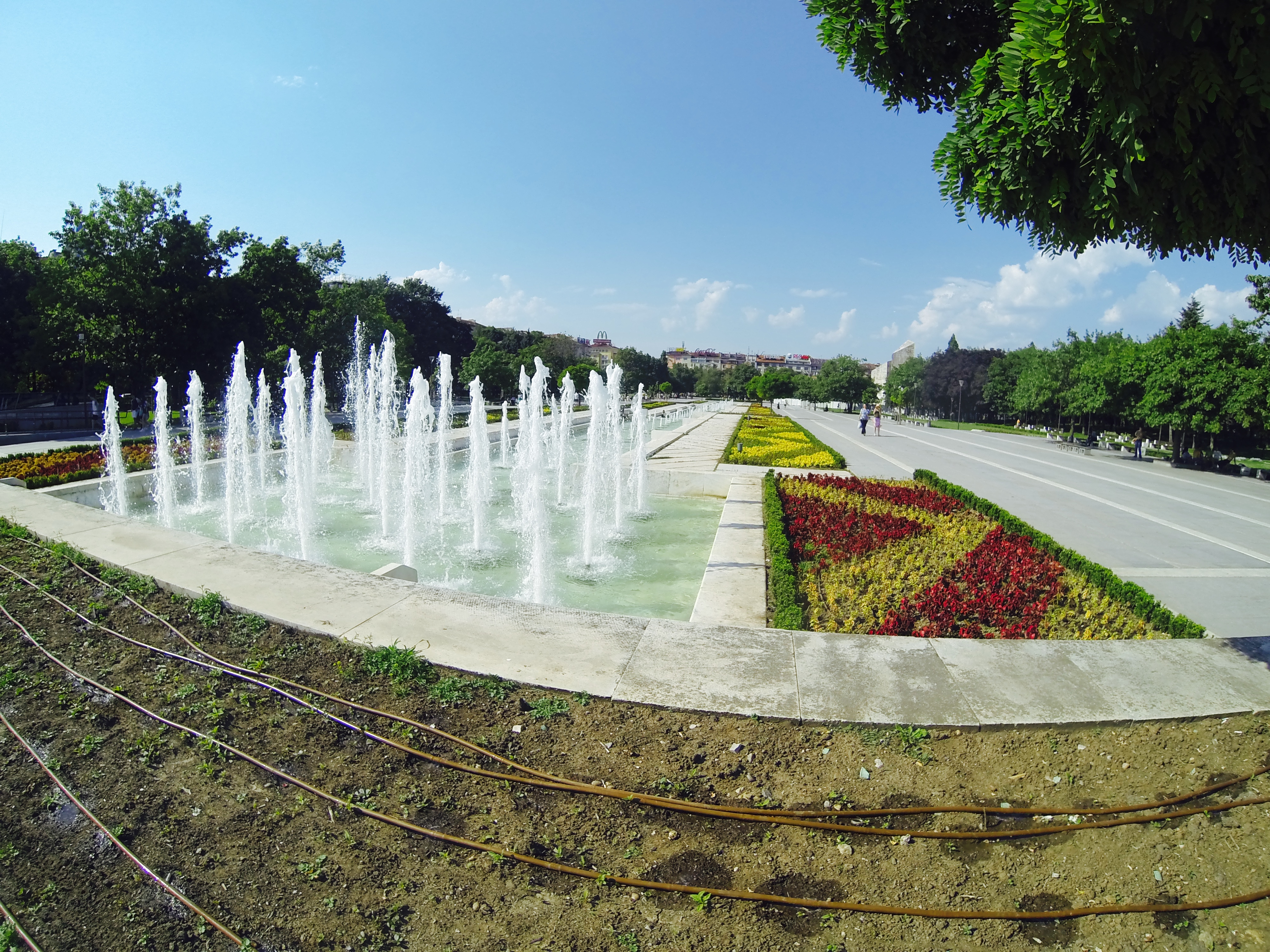 I sought out endless streets teeming with gorgeous Eastern European women and stylish men, coffee shops, bars and carts to grab a two Leva (one Euro) slice of thick, fresh pizza.
I sought out endless streets teeming with gorgeous Eastern European women and stylish men, coffee shops, bars and carts to grab a two Leva (one Euro) slice of thick, fresh pizza.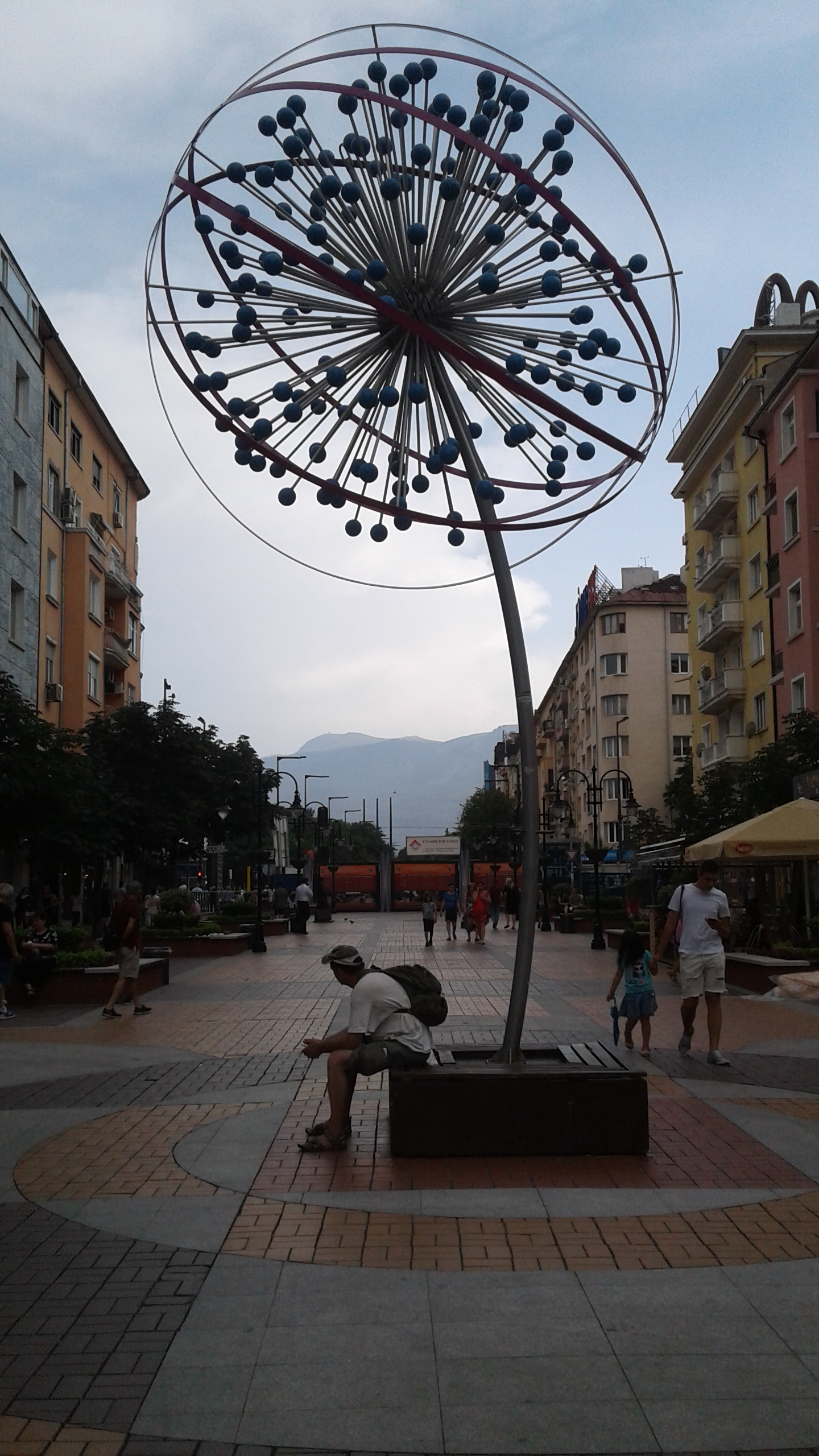 I found a University Botanic garden full of butterflies, flowers and (near) silence…
I found a University Botanic garden full of butterflies, flowers and (near) silence…
…and neon-clad dance clubs where I made friends with some polite and hilarious Americans on military leave and more Scottish and Bulgarian friends on the dance floor, where I remained until nearly 4 a.m.
A ten minute walk from the hostel brought me to the remains of old Roman baths and a slightly more modern Bulgarian bathhouse (now a museum). The waters–warm and sulfuric-smelling–are good to drink and widely believed to have healing powers. As I stood around being a tourist, older folks came and went, filling up bottles or large, multi-liter containers with the mineral-rich water.
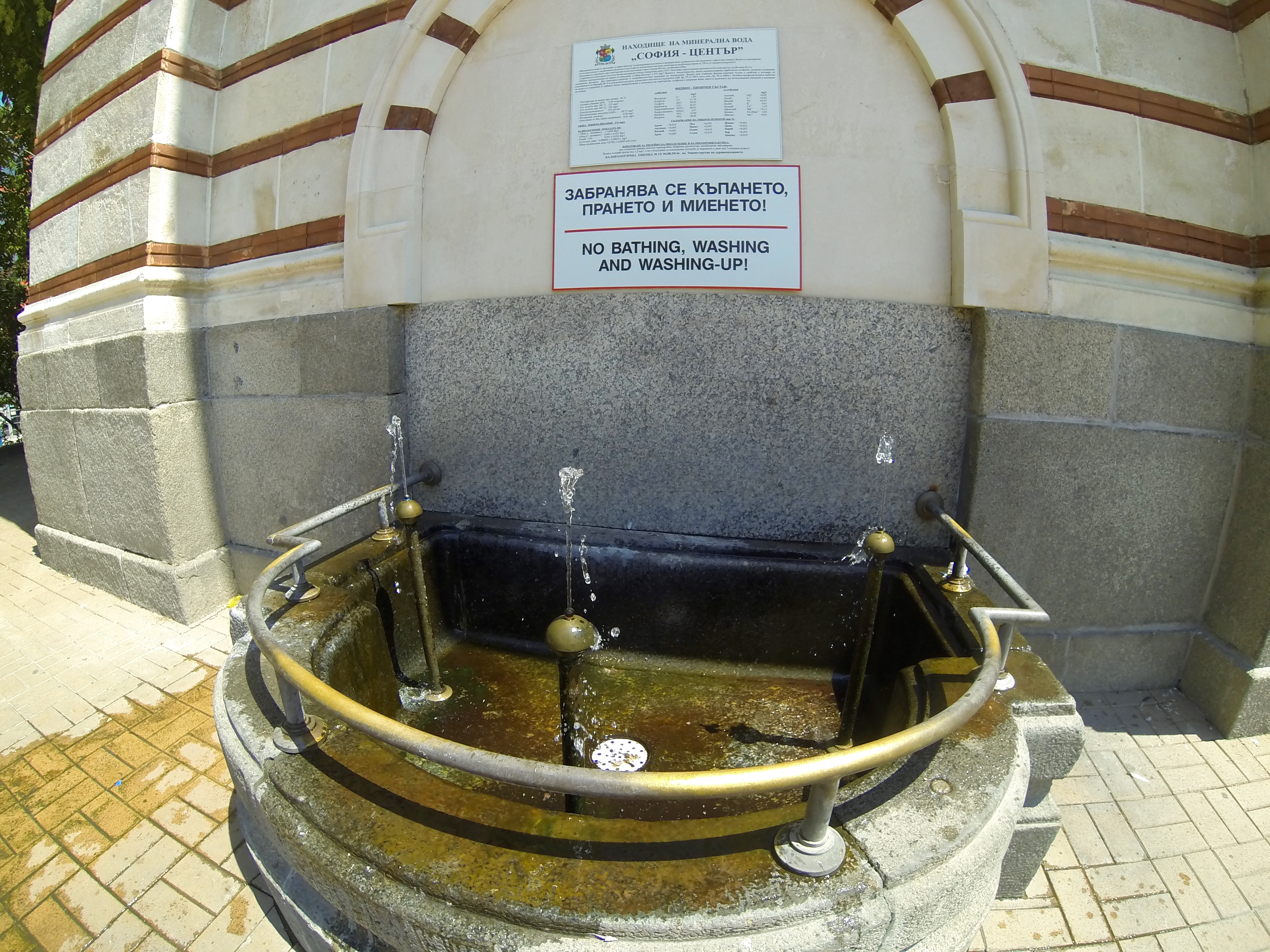
My wanderings took me under trees tied with red and white twine. I later learned it’s a Balkan tradition, possibly rooted in pagan times, called martenitsa. Friends and family exchange and then wear the red (signifying life–welcoming spring) and white (representing luck) bands until one of two things materializes: a stork (hard to spot in urban Sofia) or a flowering fruit tree. The bands are then tied to the latter.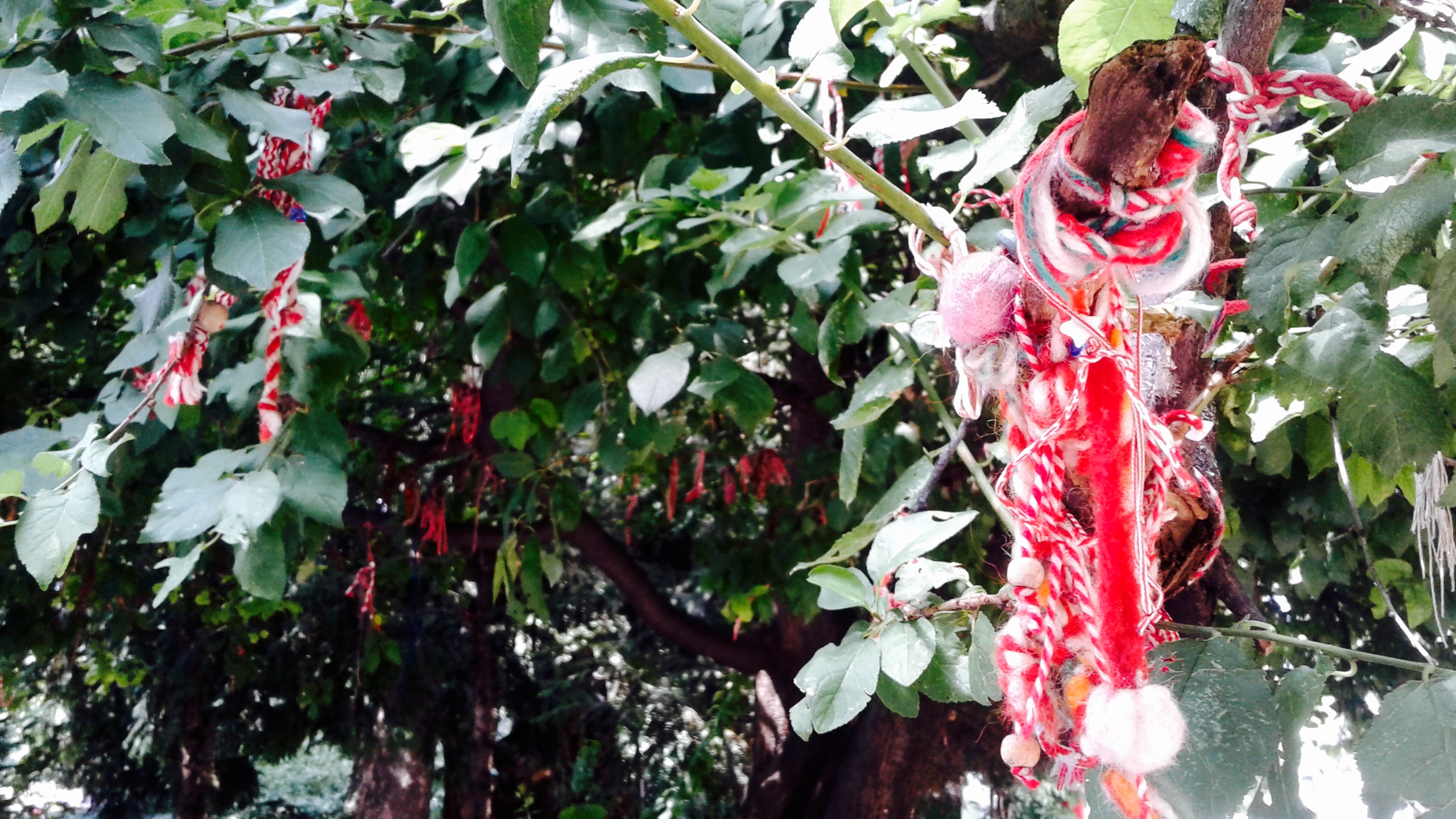 I took a walking tour of Sofia on the last day with a friendly Ecuadorian guy named Mario I met in the breakfast room the third morning. The two-hour march around Sofia’s center was one of the most valuable parts of my mini-cation. Among other sites, we walked on part of an ancient Roman road, the Via Diagonalis, which passes beneath the hot streets of Sofia on its way from Belgrade, Serbia to Istanbul, Turkey.
I took a walking tour of Sofia on the last day with a friendly Ecuadorian guy named Mario I met in the breakfast room the third morning. The two-hour march around Sofia’s center was one of the most valuable parts of my mini-cation. Among other sites, we walked on part of an ancient Roman road, the Via Diagonalis, which passes beneath the hot streets of Sofia on its way from Belgrade, Serbia to Istanbul, Turkey.
We also observed a curious outdoor museum with a controversial method of preserving the visible Roman ruins; the red line running through the middle of each distinguishes the ancient remains from the new, protective layer built on top.
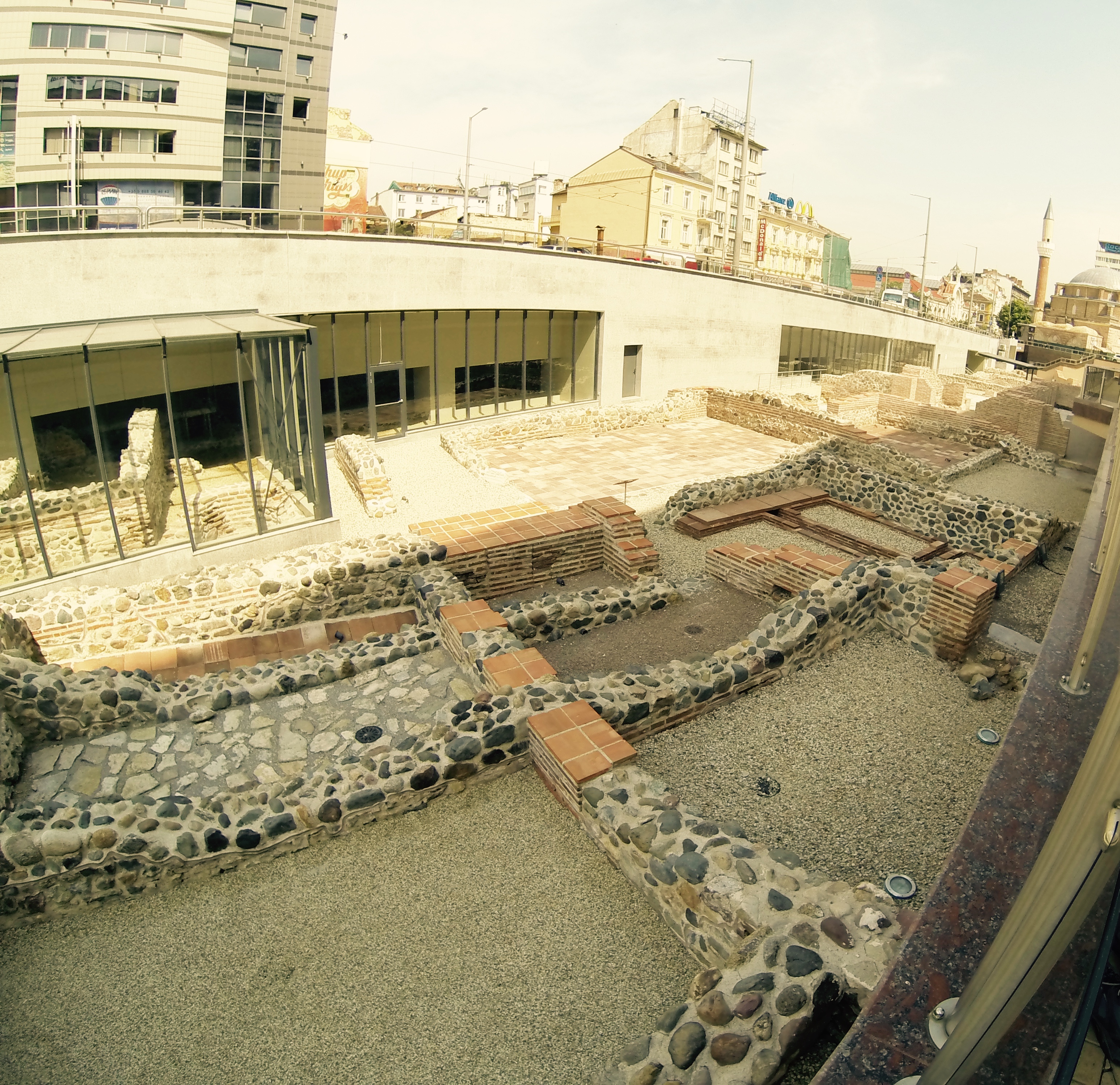 Additionally, we visited the oldest building in Sofia: the 4th century red brick Rotonda Sveti Georgi (or St. George church). A Christian church, it was–of course–built on top of a pagan site. Back in the (Communist) day, the illustrious powers that were hid churches from the general public to make it harder to attend them (since they thought nothing could be higher than the Communist Party, even God). So, Sveti Georgi still remains tucked away in a box of stern, solid Communist buttresses–most of which now house one of Sofia’s fancier hotels.
Additionally, we visited the oldest building in Sofia: the 4th century red brick Rotonda Sveti Georgi (or St. George church). A Christian church, it was–of course–built on top of a pagan site. Back in the (Communist) day, the illustrious powers that were hid churches from the general public to make it harder to attend them (since they thought nothing could be higher than the Communist Party, even God). So, Sveti Georgi still remains tucked away in a box of stern, solid Communist buttresses–most of which now house one of Sofia’s fancier hotels.
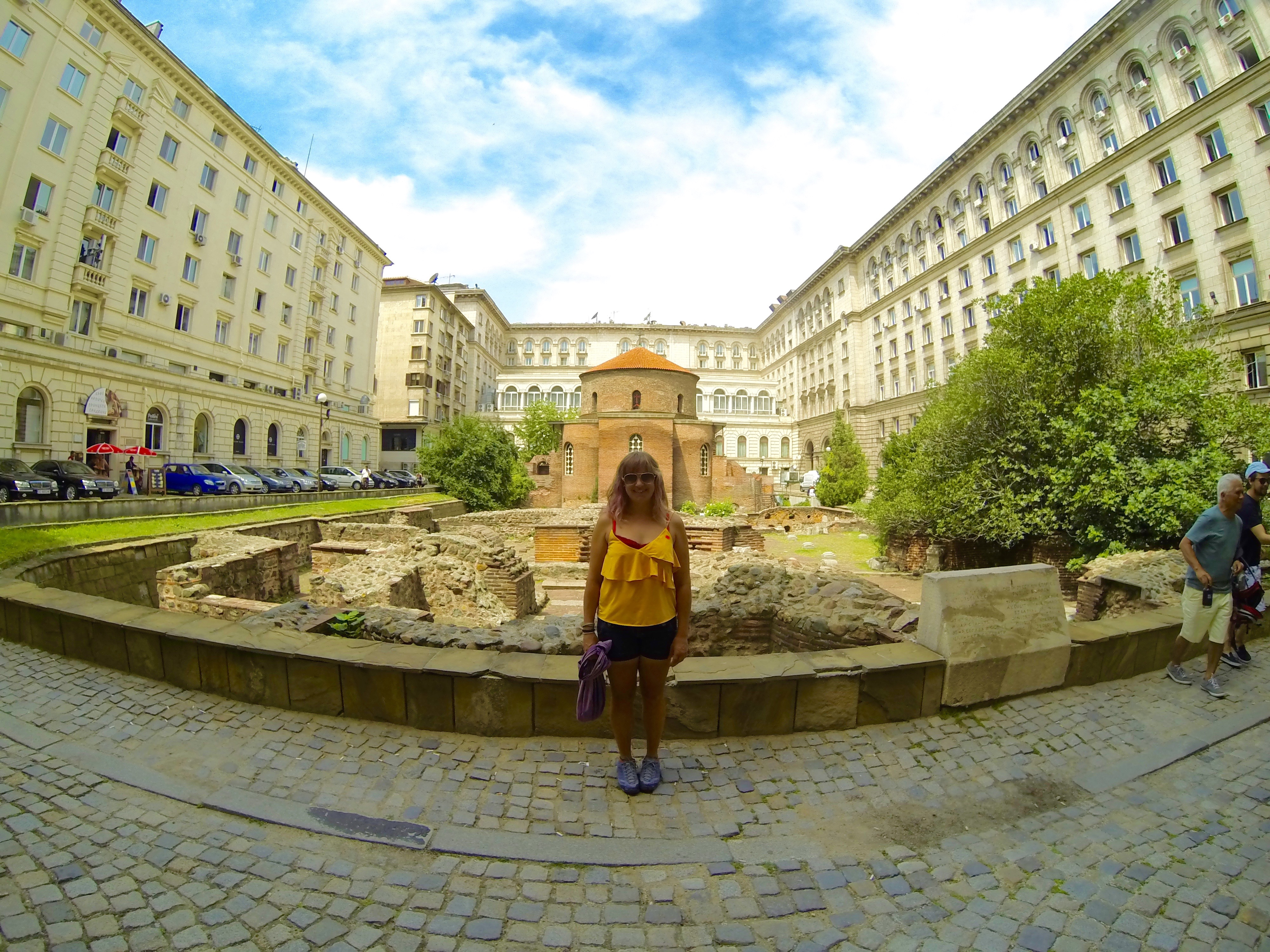
Our bright tour guide, Svetla, pointed out the large, striking, black and gold statue of Sofia, a pagan goddess of Wisdom. She’s a lovely accident as the city of Sofia actually takes its name from the antiquated Saint Sofia Church which rubs elbows with the illustrious gold-capped Alexander Nevsky Eastern Orthodox Cathedral.
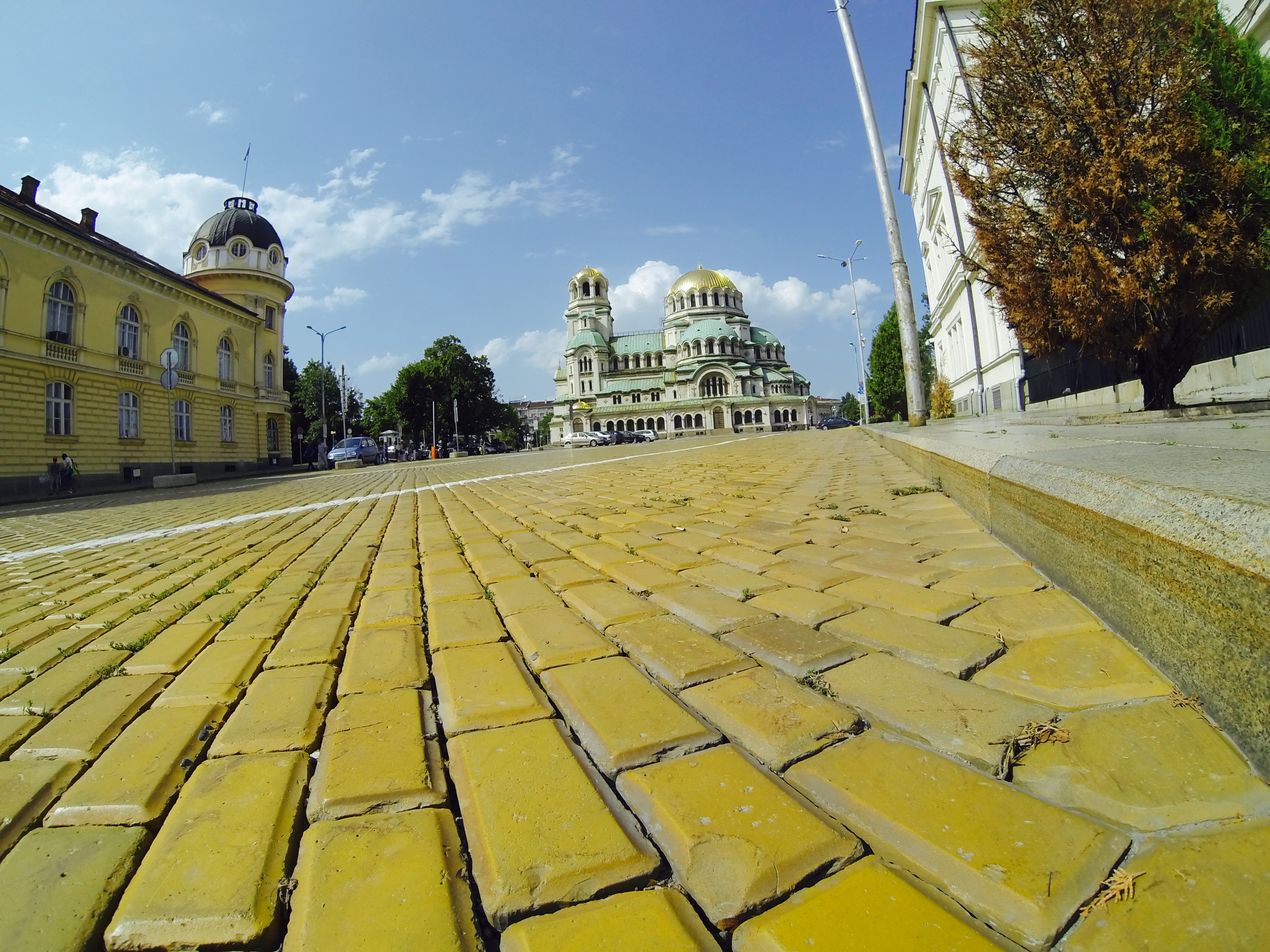
After dreaming of lions on Sunday night I discovered on the walking tour the proud, strong lion is Sofia’s symbol. Very fitting for me, the Leo!
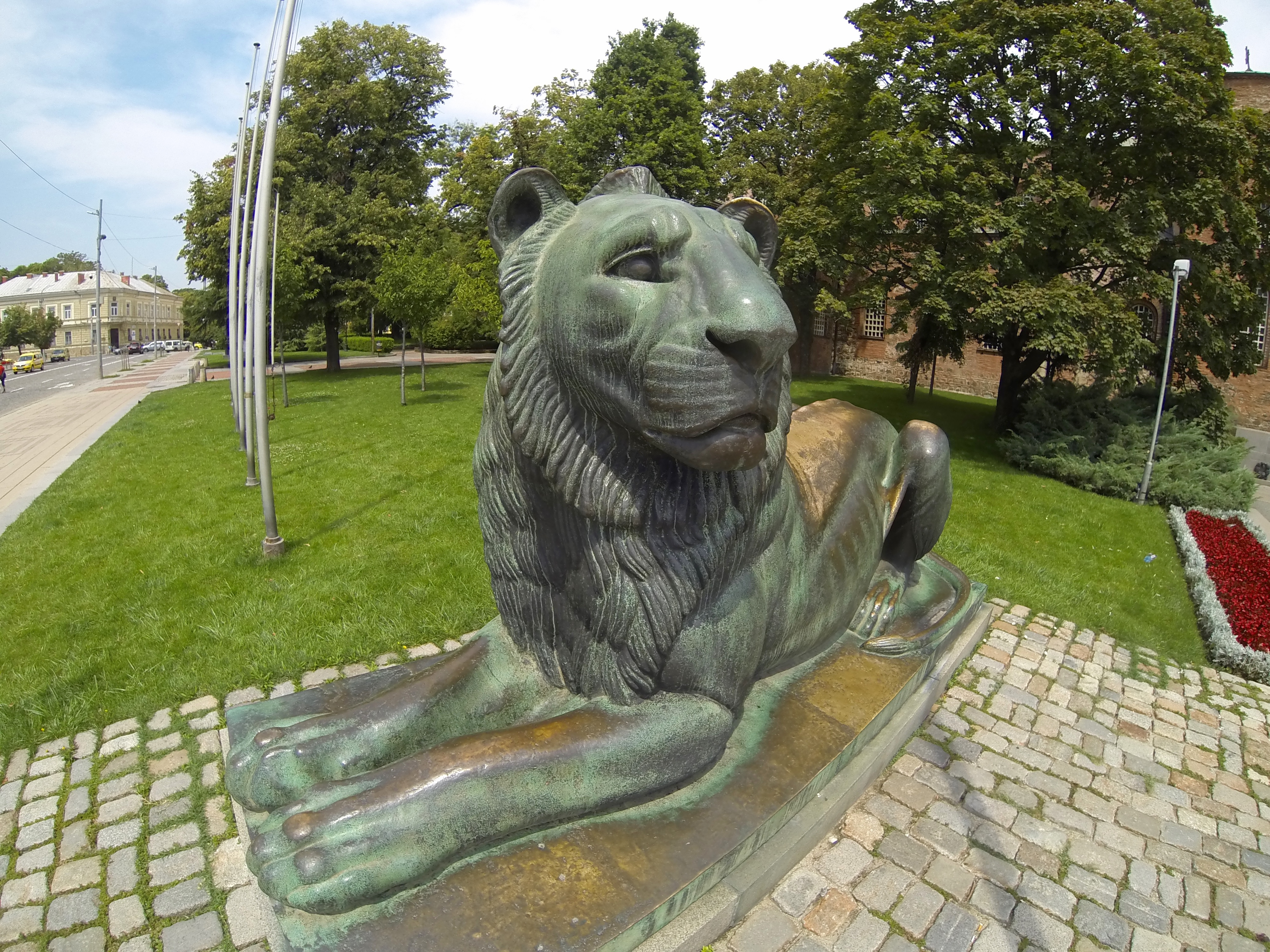
Interestingly, Sofia managed to save its entire population of 50,000 Jews from being sent to concentration camps during WWII. And the tolerance extends into present day. Within pizza-slice throwing distance of each other–in aptly named Tolerance Square–sits the aforementioned Eastern Orthodox Cathedral, Banya Bashi mosque, Sveti Yosef (St. Joseph) Roman Catholic Cathedral and the Central Synagogue of Sofia (the largest in Bulgaria). To escape the heat (it was around 34 C, or 93 and amplified by the city’s wardrobe of asphalt and cement), Mario and I popped into Alexander Nevsky Cathedral.
One of my favorite spots was the church of Sveti Nikolay Chudotvorets (St. Nicholas the Miracle-worker). Far beneath the golden, onion-shaped turrets is the crypt of another wonderworker: Archbishop (now Saint) Serafim Sobolev.
Saint Serafim, apparently, was incredibly well-known for loving his people dearly, helping them frequently and even possessing the ability to see into the future. It is said a day before his death, he told a saddened woman: “When I am gone, write letters. If I am blessed with the opportunity to meet God, I shall step up for you and ask his help.”
Svetla told our tour group people from all across Bulgaria leave heartfelt wishes in a wooden box next to the altar in the Archbishop’s crypt. I make a wish every night on the first star I see and–if I can spot him in the heavens–also hang one on Orion’s belt. So of course, I had to spend time in sweet silence writing my wish down. Then, in the cool damp silence, I slipped my note hopefully into the worn wooden box…

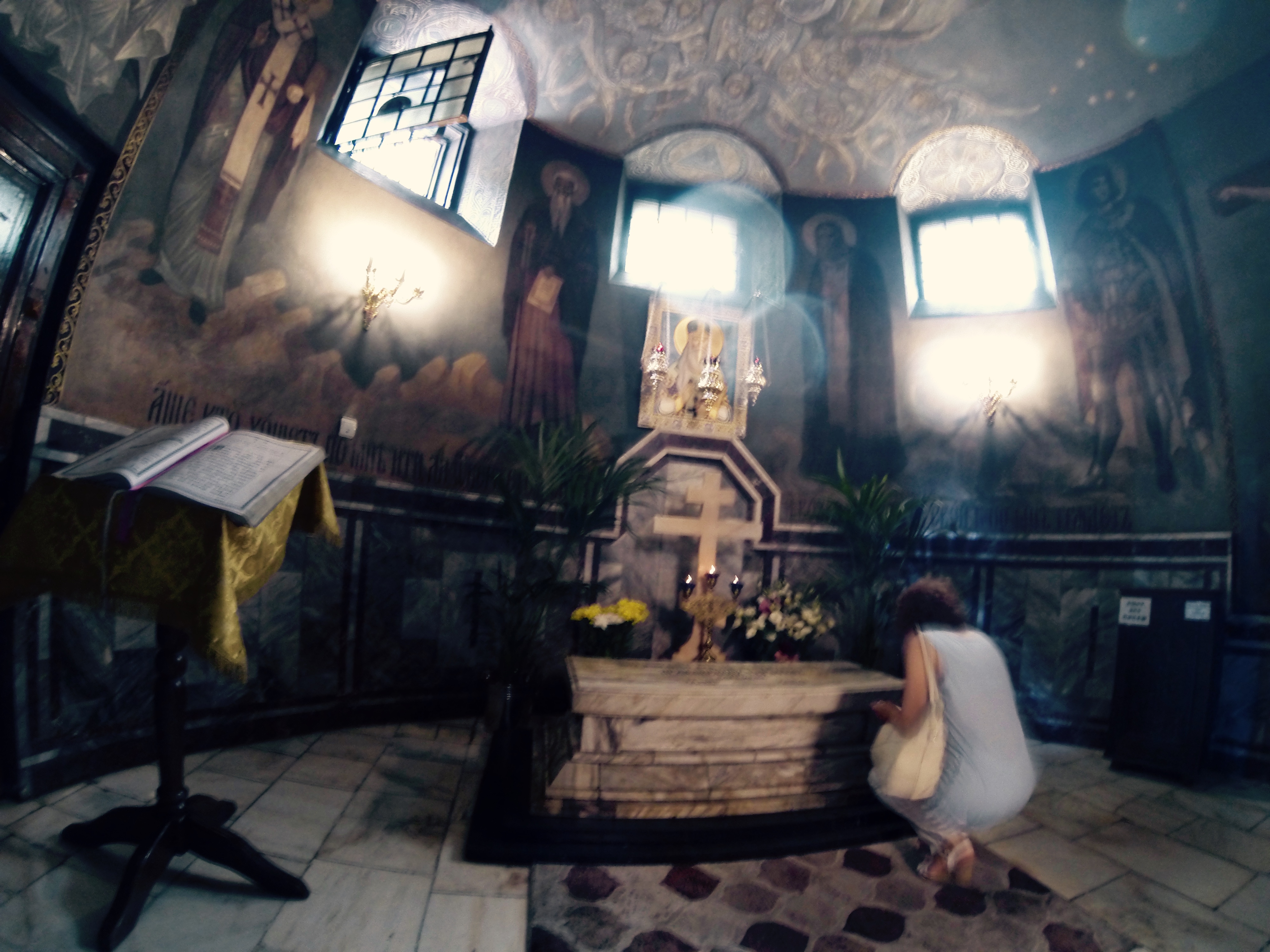
On Monday, July 24th–bolstered by a long night of good sleep–I marched around Sofia with aimless glee…
… and then caught a flight back to Bologna at 2115.
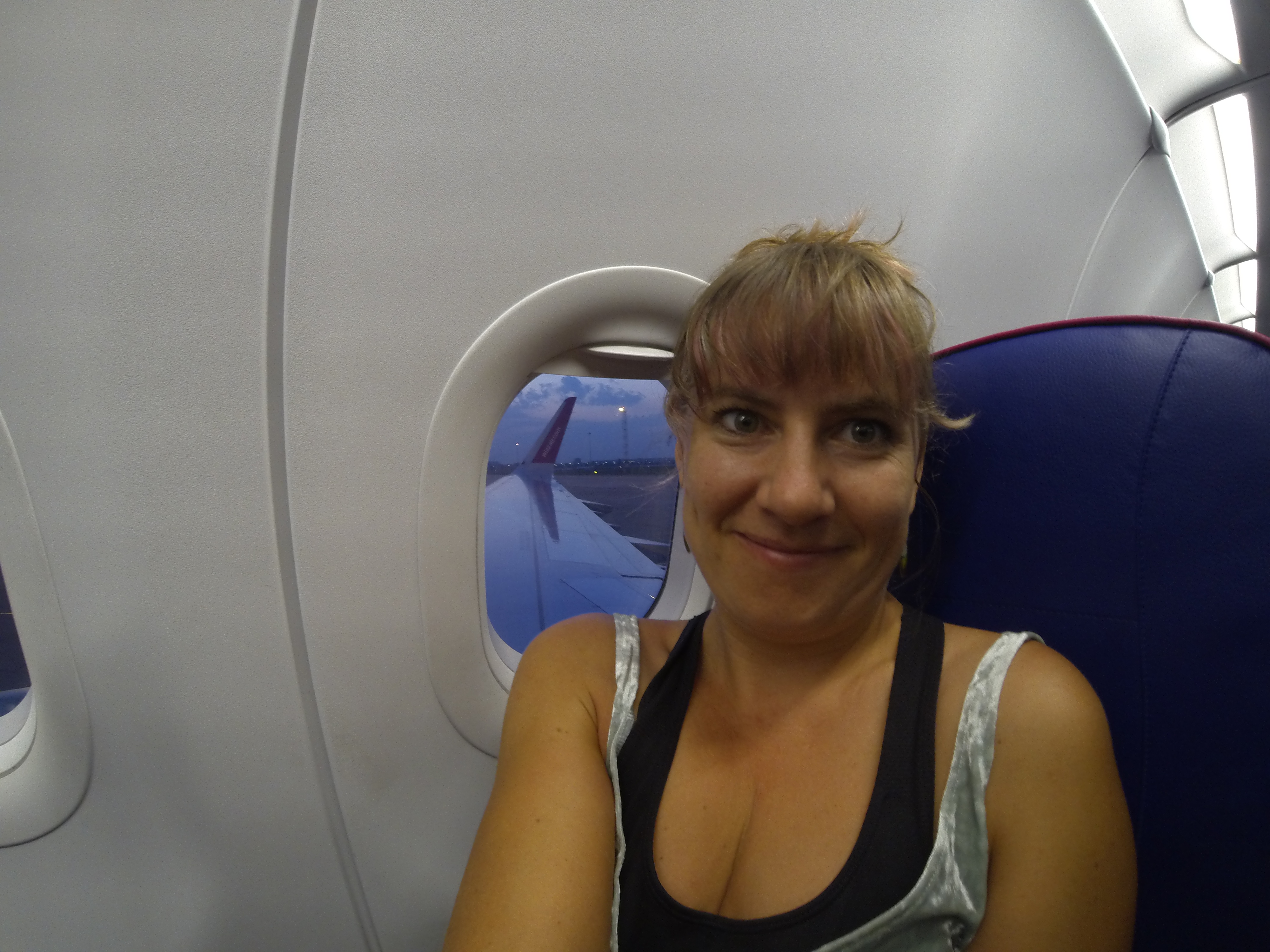
Back in the Motherland, I missed the last frequent airport bus back to Bologna’s train station. By the time I reached the station, I whittled away another hour until last train back to Faenza at 0014. In Castel Bolognese–one stop away from Faenza–the train paused at length. Why? Boh. All four of us on board at that enchanted hour looked at each other in dismay. The train arrived in Faenza 23 minutes late, at almost 0130. Lucky for me, I’m a (20s in my 30s) staying-up champion!
On the next Sylva Lining, Lisa and Sylva dive right in to rivers, seas and (even more) vacation!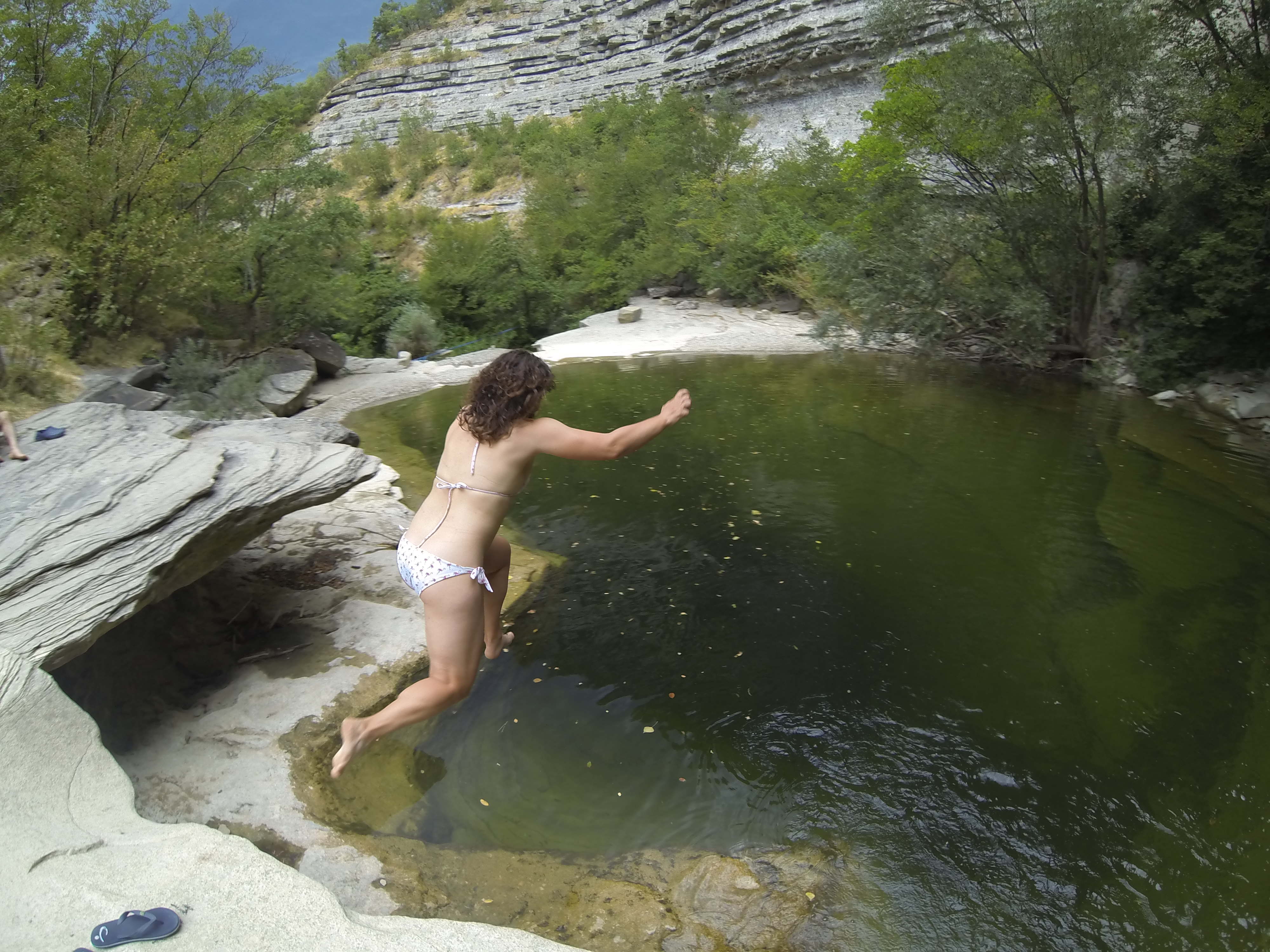




















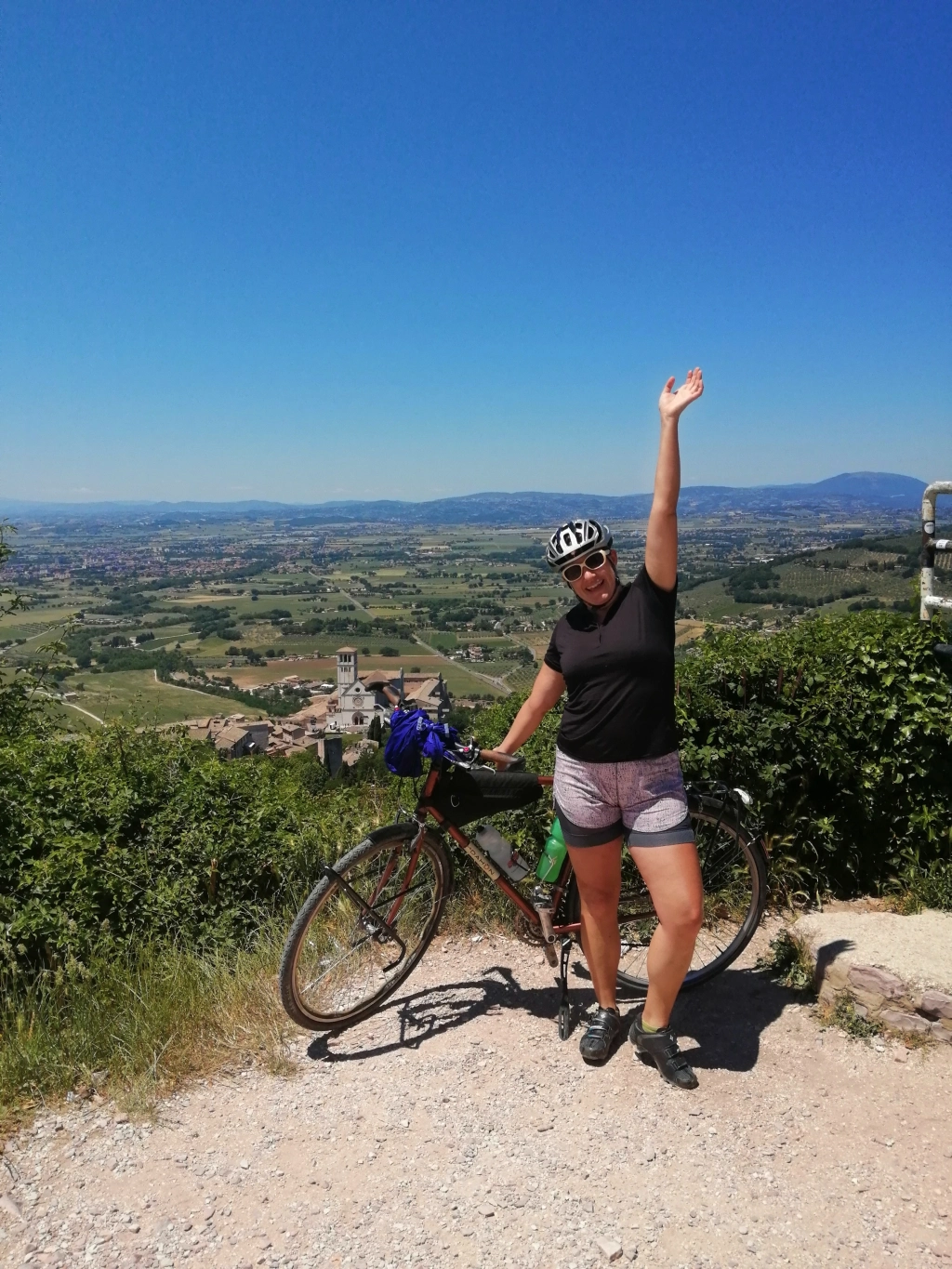
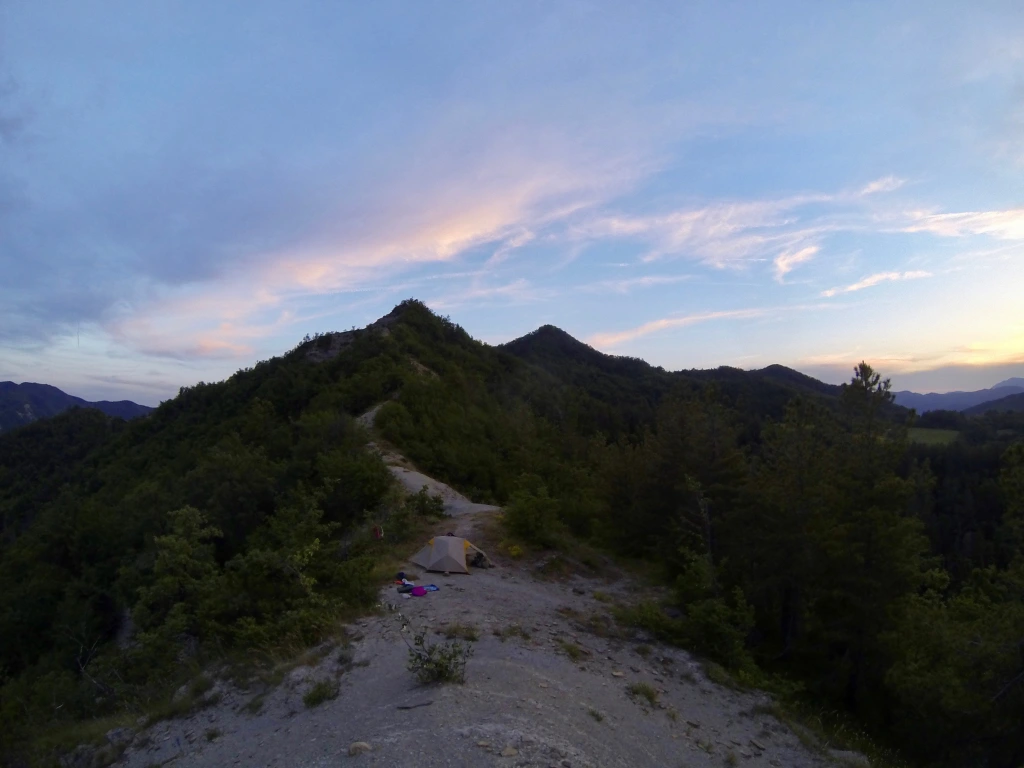
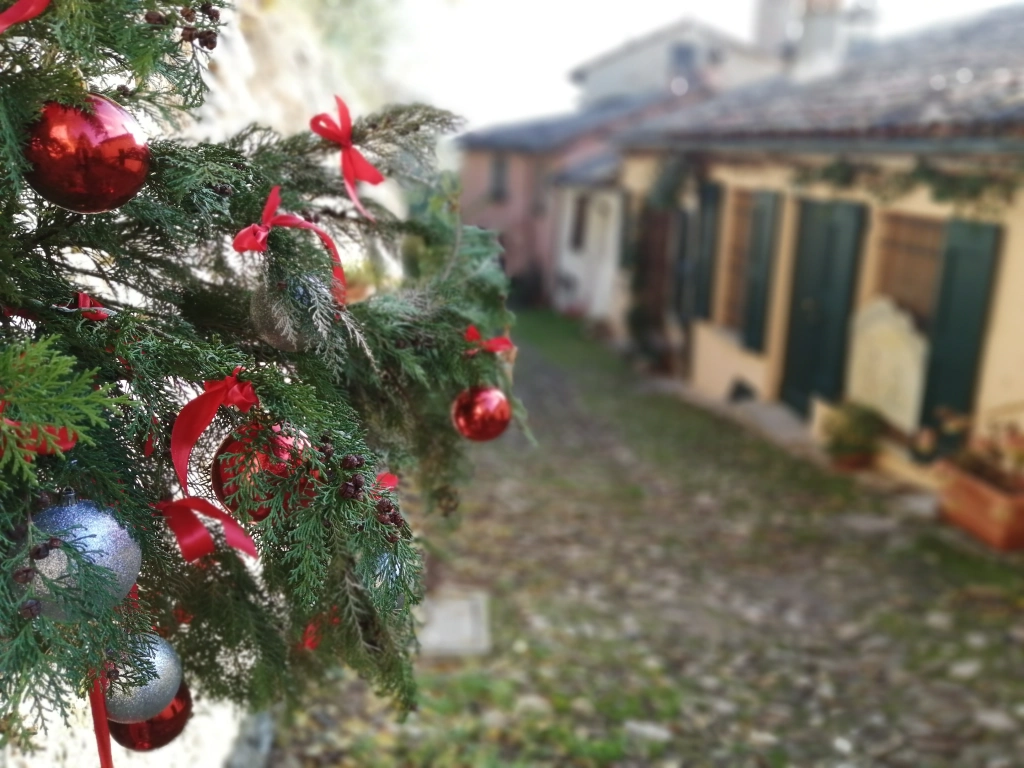
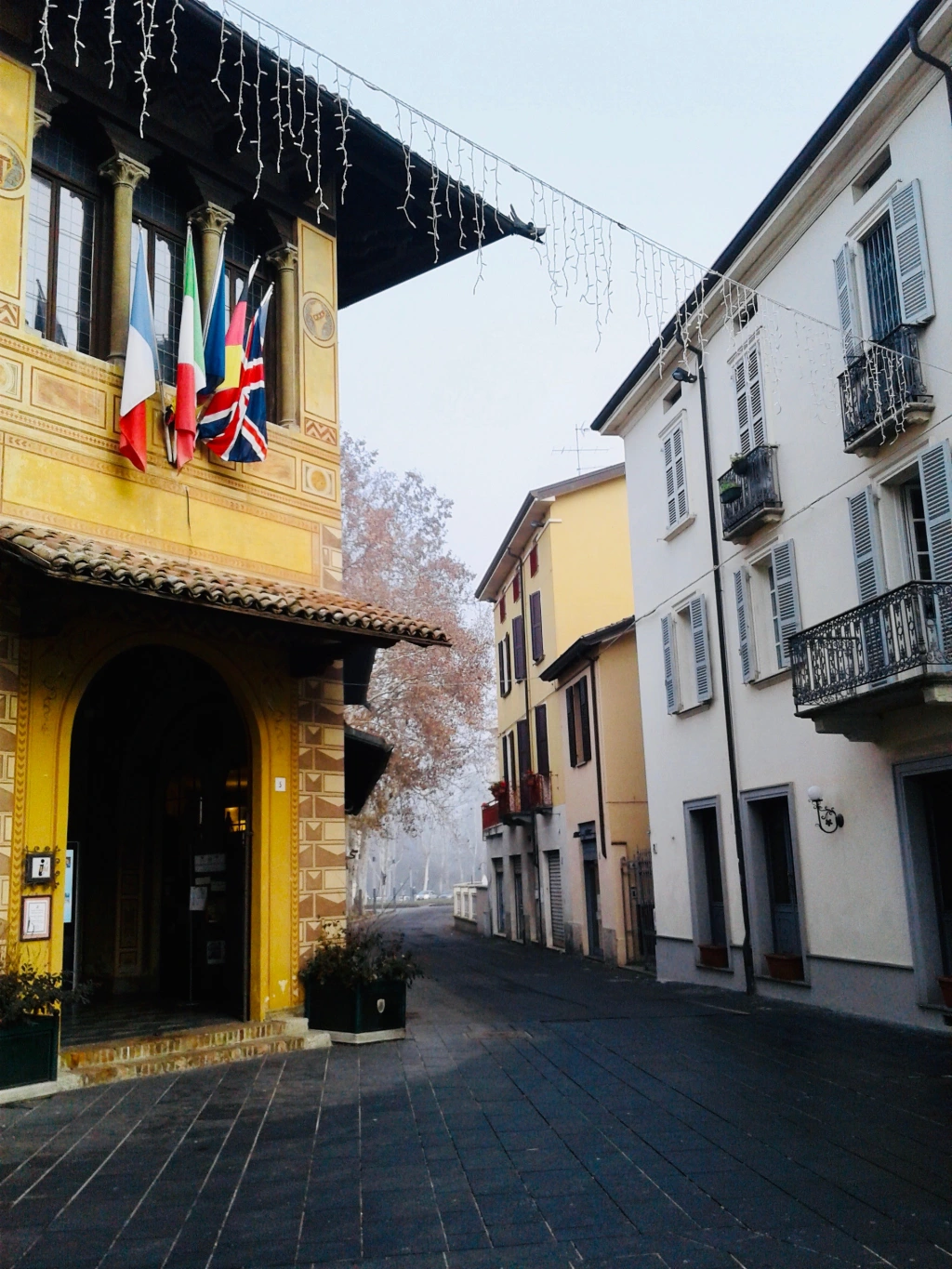
Leave a comment